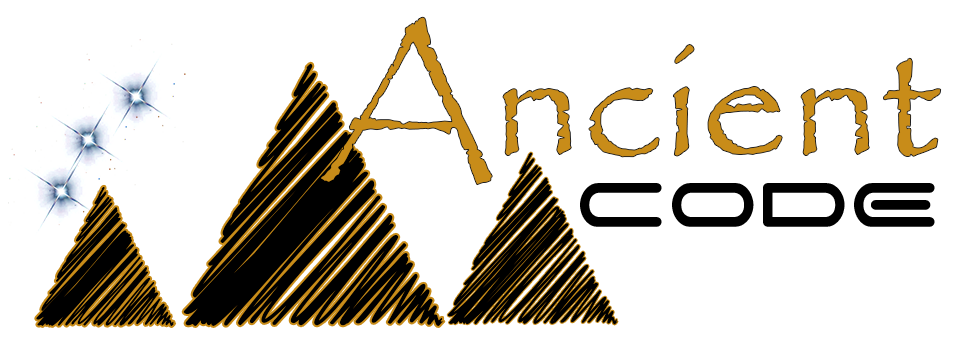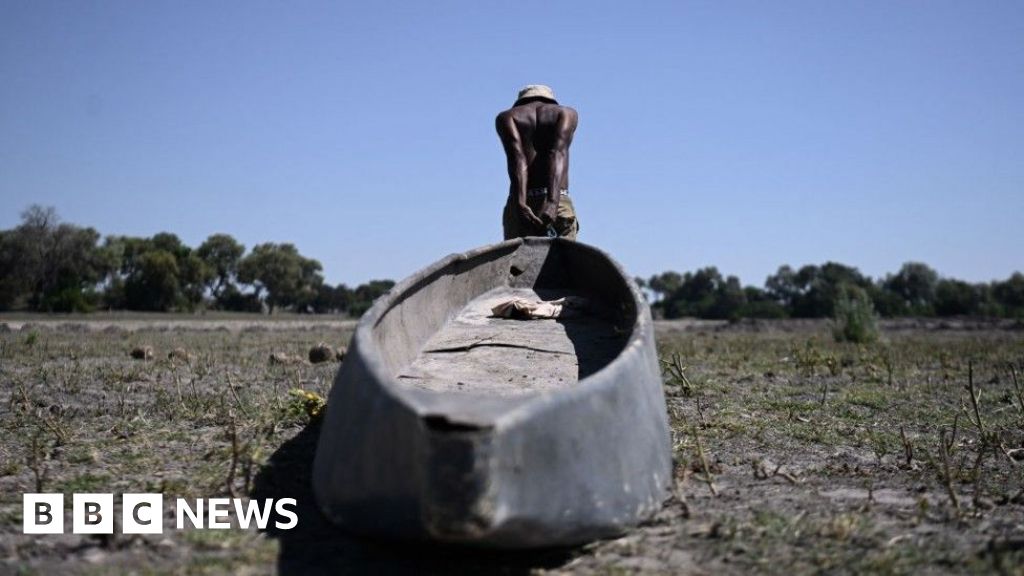While Atlantis is perhaps one of the most famous mythological lost cities said to have existed on Earth, a number of other legendary cities make the list behind Atlantis.
The Lost City of Z is perhaps the most sought-after lost city in the history of mankind.
Countless expeditions have been organized to find the city, but despite this, no one has ever managed to find evidence of its existence.
The most famous to have searched for the Lost City of Z was a man called Percy Harrison Fawcett, a renowned explorer who tried discovering the long-lost city thought to remain hidden somewhere in the Amazon jungle.
In this article, we’ve gathered 25 of the most interesting things you should know about this legendary lost city.
The Lost City of Z—The remnants of an Atlantean city?
 Image Credit: Leon Tukker. Used with permission.
Image Credit: Leon Tukker. Used with permission.
According to myths and legends, the lost City of Z would have been erected in very ancient times by the descendants of Atlantis.
The name Lost City of Z was given by Col. Percy Harrison Fawcett.
The ancient city is believed to have been located somewhere in the jungle of the Mato Grosso state of Brazil.
The lost city of Z was the product of Fawcett’s theories that in the distant past, an advanced ancient civilization once existed there, and the ruins of the city of Z may have belonged to that civilization.
Fawcett made eight expeditions searching for the lost city, disappearing in his last expedition, under strange circumstances.
The search for the Lost City of Z began after Col. Fawcett discovered an ancient document titled Manuscript 512, kept in the National Library of Brazil.
The document—Manuscript 512—is believed to have been authored by Portuguese Bandeirantes, João da Silva Guimarães. The document is believed to describe the Lost City of Z in detail.
João da Silva Guimarães claimed in the manuscript that he came across the ruins of an ancient city in ruins, containing arches, statues, and temples covered in hieroglyphs, deep in the Amazonian Jungle in 1753.
While Guimarães described the city in great detail, he failed to give off its location.
It is believed that Fawcett’s conviction was fed in part due to the rediscovery of the lost city of Machu Picchu in 1911.
In addition, during Fawcett’s numerous travels through the American Continent, Fawcett heard rumors of a secret ancient underground city located ‘somewhere’ in the jungles of Chile, which, according to tales, legends, and reports, was made of streets paved with silver and roofs of gold.
Fawcett imagined exactly what the City of Z may look like. He described his ideas in a letter written to his son Brian: “I expect the ruins to be monolithic in character, more ancient than the oldest Egyptian discoveries. Judging by inscriptions found in many parts of Brazil, the inhabitants used an alphabetical writing allied to many ancient European and Asian scripts. There are rumors, too, of a strange source of light in the buildings, a phenomenon that filled with terror the Indians who claimed to have seen it. The central place I call “Z” — our main objective — is in a valley surmounted by lofty mountains. The valley is about ten miles wide, and the city is on an eminence in the middle of it, approached by a barreled roadway of stone. The houses are low and windowless, and there is a pyramidal temple. The inhabitants of the place are fairly numerous, they keep domestic animals, and they have well-developed mines in the surrounding hills. Not far away is a second town, but the people living in it are of an inferior order to those of “Z.” Farther to the south is another large city, half buried and completely destroyed.”
In 1921, the first expedition to find the Lost City of Z was assembled by Fawcett. His search for Z culminated with his disappearance and the appearance of many myths and tales surrounding his faith.
Fawcett’s last expedition was set in March in April of 1925, this time financed by newspapers and societies such as the Royal Geographic Society and the Rockefellers. Fawcett was certain that his expedition would culminate with the discovery of the mythical city.
Fawcett’s beliefs were greatly influenced on what the Indians had told him about alleged Lost Cities spread across the Amazon jungle. Even his penultimate letter – nine days before he mysteriously vanished, mentions one such tale.
The Final written words of Col. Fawcett, sent to his wife were: “My dear Nina, The attempt to write is fraught with many difficulties, thanks to the legions of flies that pester one from dawn till dusk – and sometimes all through the night! The worst are the tiny ones that are smaller than a pinhead, almost invisible, but sting like a mosquito. Clouds of them are always present. Millions of bees add to the plague, and other bugs galore, stinging horrors that get all over one’s hands. Even the head nets won’t keep them out, and as for mosquito nets, the pests fly through them! It is quite maddening.
We hope to get through this region in a few days, and are camped here for a while to arrange for the return of the peons, who are anxious to get back, having had enough of it – and I don’t blame them. We go on with eight animals – three saddle mules, four cargo mules, and a madrinha, a leading animal which keeps the others together. Jack is well and fit, and getting stronger every day, even though he suffers a bit from insects. I myself am bitten or stung by ticks, and these piums, as they call the tiny ones, all over the body. It is Raleigh I am anxious about. He still has one leg in a bandage but won’t go back. So far we have plenty of food and no need to walk, but I am not sure how long this will last. There may be little for the animals to eat as we head further in. I cannot hope to stand up on this journey better than Jack or Raleigh – my extra years tell, though I do my best to make up for it with enthusiasm – but I had to do this. I calculate that I shall contact the Indians in about a week, perhaps ten days, when we should be able to reach the much-talked-about waterfall. Here we are at Dead Horse Camp, Lat. 110 43’ S and 540 35’ W, the spot where my horse died in 1920. Only his white bones remain. We can bathe ourselves here, but the insects make it a matter of great haste. Nevertheless, the season is good. It is very cold at night and fresh in the morning, but the insects and heat are out in full force to come mid-day, and from then until evening it is sheer misery in camp. You need have no fear of any failure…”
Each expedition mounted after the disappearance of Fawcett ended in the same fate.
Fawcett’s disappearance resulted in a total of 13 expeditions being mounted in which more than a hundred people lost their lives, attempting to find not only Fawcett but the Legendary Lost City of Z as well.
No one knows what exactly happened to Fawcett, his expedition, and to more than one hundred people that set out to search for him after he disappeared in the Amazon.
Many scholars believe that Fawcett and his team were killed by an Amazonian tribe.
Other theories state that Fawcett and his team either starved, drowned or suffered a disease.
There are some who also say that they may have been robbed and killed by bandits in the region.
The City was never found, and eventually, explorers, archeologists, and adventurers gave up looking for the city actively.
Despite the fact that no one managed to discover the Lost City of Z, a number of ancient cities are believed to remain hidden deep within the Amazonian rainforest.
The story of behind the Lost City of Z was so popular that books were written about it, and even a movie was filmed.
Featured Image Credit: Leon Tukker. Used with permission.

 Movie
Movie 3 months ago
61
3 months ago
61 






![Presidents Day Weekend Car Sales [2021 Edition] Presidents Day Weekend Car Sales [2021 Edition]](https://www.findthebestcarprice.com/wp-content/uploads/Presidents-Day-Weekend-car-sales.jpg)



 English (United States)
English (United States)